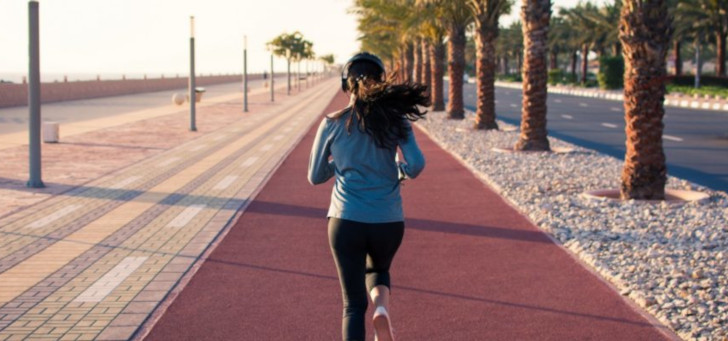How to develop urban sport by adapting the city landscape
The boom in urban sport impacts every town and city and urban planning has to reflect this trend. To provide a framework for this transformation, the French Sports Ministry has published a report on the role of public authorities in the valorization of sport in urban environments. This is our summary.

The boom in urban sport impacts every town and city and urban planning has to reflect this trend. To provide a framework for this transformation, the French Sports Ministry has published a report on the role of public authorities in the valorization of sport in urban environments. This is our summary.

Landscape planning and public health: working together for a brighter future
A brief review of the development of urban sport
The emergence of spontaneous, non-organized and informal urban sport is due to three factors: the rise of individualism, the need for flexibility (as much in terms of games areas as schedules) and the fact that it is free. The French Sports Ministry states that 46% of sporting activities take place outside organized games areas, clubs, etc. Nowadays, almost half of mankind lives in a town. Inhabitants use the spaces they have to play sports that used to be restricted to gyms, sports fields and roads like jogging, biking and fitness. These new activity areas include:
- unequipped public spaces originally not designed for sports (streets, squares, embankments…) as well as street furnitures (benches, low walls, railings…);
- natural leisure areas like green spaces (woods, parks, leisure centers …);
- open access sports equipment such as local facilities (like sports grounds, skateboard parks, bowls pitches …) and dedicated furnitures (climbing frames, wall bars…).
4 steps for converting cities into sports field
Urban landscaping
Revegetation of urban areas fully meets this new challenge: the creation of green spaces and urban hiking trails improves air quality and makes playing urban sports more attractive and secure. If more space is needed, one solution is to recycle abandoned facilities or places not previously intended for sports. Cities can also act on their traffic: rerouting to clear traffic from streets, pedestrianization, lane sharing and the suppression of parking on both sides of streets are all ways to protect urban athletes.
Some examples:
- In Berlin, the disused airport of Tempelhof was converted into a park for cultural and sporting activities.
- In Paris, the improvement in the sanitary quality of the river Seine has made it possible to create new swimming zones and host sports events.
- In Lyon, Zenith park is a good example of taking public health into account at the design phase.
Green urbanism: 10 benefits you should know
Sports facilities and equipment
Public authorities face two major challenges. Firstly, obsolete sports equipment (in France, 38% of the equipment is over 34 years old and should be renewed). Secondly sports facilities need to be protected from theft and vandalism. Many public authorities adopt affordable solutions such as the installation of free access fitness equipment for which no preliminary market survey is necessary or the installation of climbing frames, “speed” car trails, etc.
Some examples:
- In Paris, public spaces such as the river Seine embankments propose a host of sports facilities in free access.
- Strasbourg and Metz (France) have taken on coaches to train sports players and athletes.
The organization of sports events
Sports events stimulate a community’s economic activity and business for shops. Roller skate outings, theme races, urban trails and marathons are great opportunities to promote urban sport and transform traffic routes into provisional sports field. And they also build community relations!
Some examples:
- In French city of Montpellier, the International Extreme Sports Festival (FISE) attracts over 500,000 visitors every year.
- Several metropolises like New York and London organize world-famous marathons.
The digitalization of urban sport
44% of young people from 16 to 25 years old take along their smartphone when they do sports. Attracted by the possibility of sharing their performances, getting training online and making the most of digital sports coaches, connected town dwellers are more and more interested in urban sports. Several public authorities have decided to surf on this wave and have launched their own cell phone applications!
Some examples:
- In Geneva, the Sport City Tour cell phone application proposes sporting circuits according to the geolocation of the user.
- In Lyon, the Enform@Lyon application helps users explore the city with a mixture of cultural circuits and physical exercises.
4 inspirational initiatives in Lyon combining urban sport and landscapes
The increase in DIY sports is an opportunity for the public authorities to act. The report states that mortality related to the lack of physical activity today may exceed mortality due to tobacco addiction! There are urban planning solutions for every community.
Photo credit: © creativefamily / stock.adobe.com
Icon: Icons8

